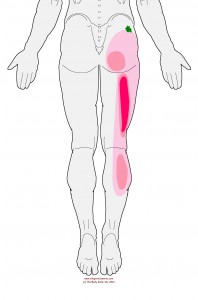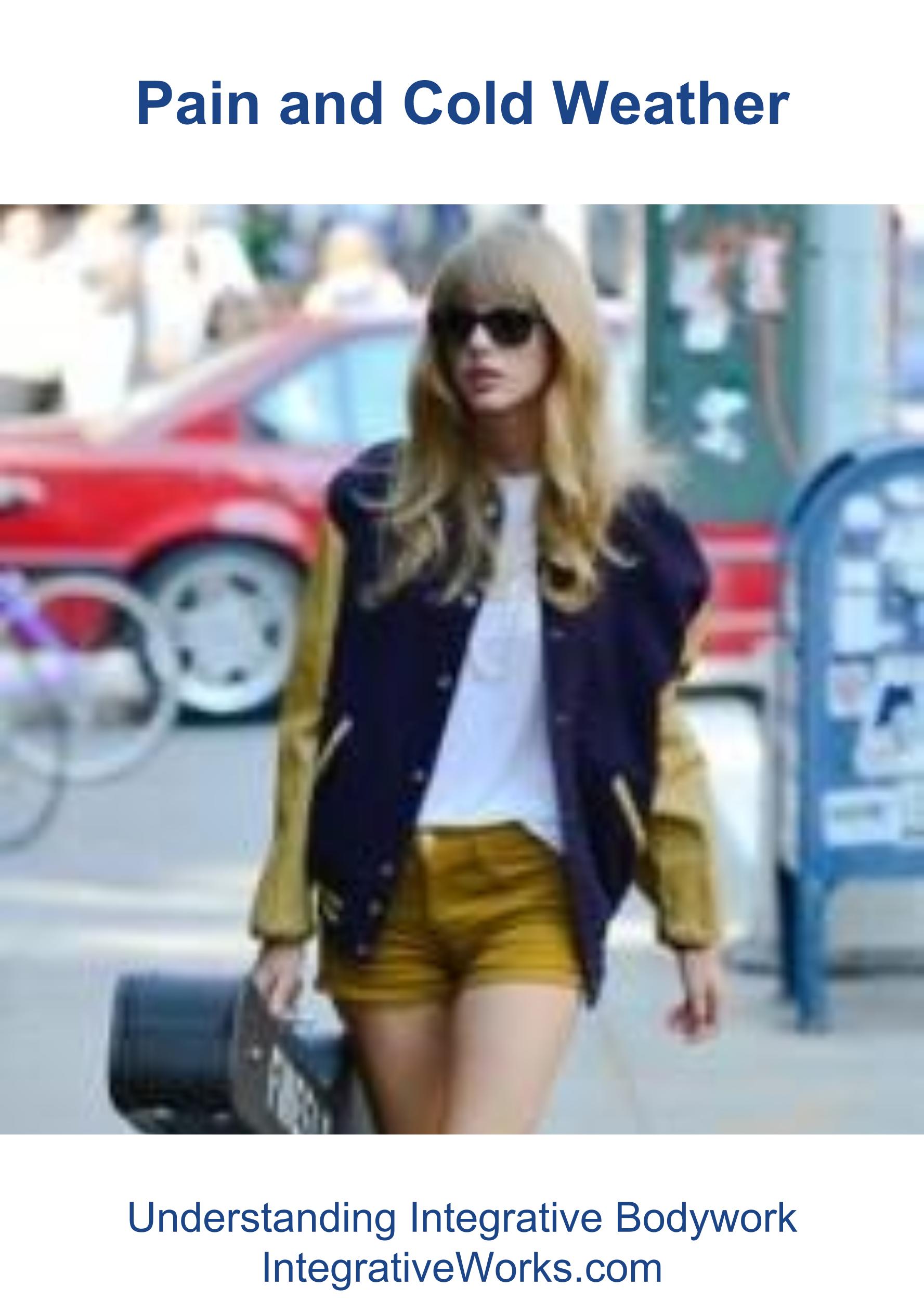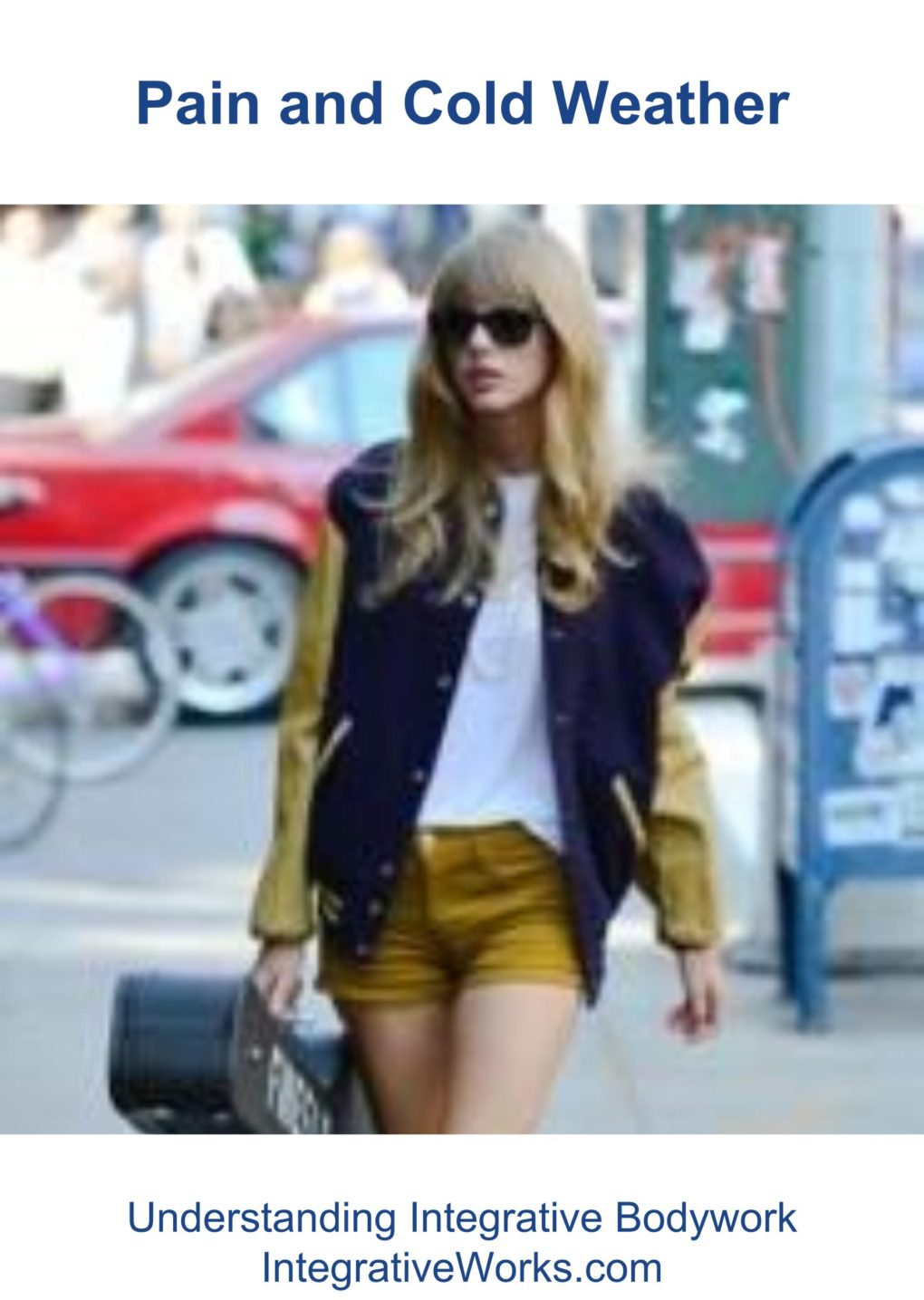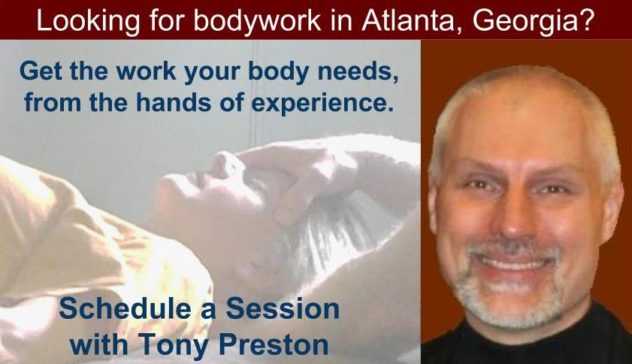The temperatures are dropping outside. Spring has sprung, Fall has Fell. Winter is coming. As it gets cold, more back and hip pain cases will be coming into the clinic.
Here’s why that happens and what you can do about it…
I’m able to write about the patterns of pain because research shows that we all have about the same trigger points in the same places that generate the same patterns of pain. So it really gets down to figuring out what makes the trigger points become more active and cause more pain.

A trigger point has 4 levels of activity:
- It doesn’t generate pain on motion or when pressed
- It generates pain when pressed
- It generates pain when pressed or on motion (when the muscle is stretched or contracted)
- It generates pain constantly
It surprises most people when I tell them that one of the musculoskeletal system’s primary functions is to protect us. Muscles provide padding when we’re hit. Muscles tighten around things that are fragile, like displaced joints. When we are cold, muscles become more active to generate warmth. When it is really cold, we shiver.

We generate warmth for our internal organs by involuntarily tightening muscles that surround the abdomen and pelvis. Think about how often you’ve seen people tighten down and fold their arms over their abdomen when they are cold. Most of these trigger points around our internal organs generate pain into the low back, hips, and legs. If you like the coolness, leave your arms or legs uncovered but keep your internal organs warm with a light jacket or vest.
Keep your torso and hips warm to reduce back and hip pain in cold weather.
If you drop the thermostat in your house in winter, keep your torso warm with a robe. Keep your torso covered at night by wearing a nightshirt and bottoms or pulling the blanket up over your shoulders. This can help reduce the back pain at night as well as painful stiffness in the morning. There are many reasons (including strong connections to cancer) to avoid heating pads on your bed.

Be careful with localized heat. I’ve had many clients that get in the habit of using a heating pad or seat warmer. Most find that the heat offers temporary relief but inflammation sets in around joints a couple of hours later and the pain becomes more chronic over weeks or months. I had this problem with overusing my hot tub back in my 20s. I would use it for relief from back pain but would have debilitating stiffness and pain hours later.
You can change your body to have less pain in the cold. Not everyone has more pain as the weather cools off. Pain that flares up with chill is from trigger points that are already mildly activate. My clients that get regular body work are able to brave the winter with less pain than before because their bodies are more self-correcting. When joints work better, muscles have fewer trigger points. This also slows the pain and restrictions associated with getting older.
Bodywork can really change how well you adapt to cold weather. Here is a great blog post about a client of mine who is now in his 70s and finds that he is stronger and more pain-free than in his 50s. Here is another post about making your body more self-correcting and less restricted as it ages. I started getting bodywork in my 20s and had a lot less back pain in my 30s and 40s, when most people really start having problems.
Massage and Bodywork can make your life better at any age, or in any season. See your massage and bodywork professional and have a better winter than last year.
Tony Preston has a practice in Atlanta, Georgia where he sees clients.
He has written and taught about anatomy, trigger points and cranial therapies since the mid-90s.
Question? Comment? Typo?
The Body Guild.org
(404) 226-1363
tony@thebodyguild.org




